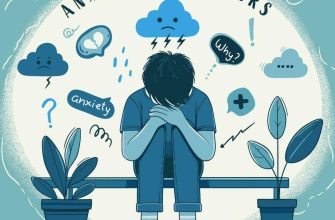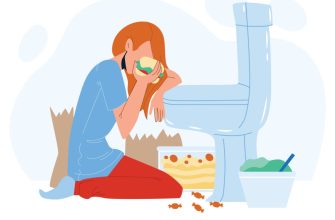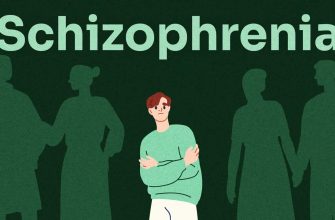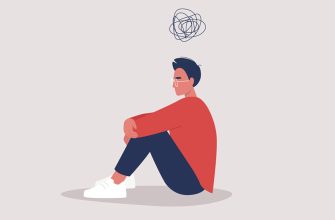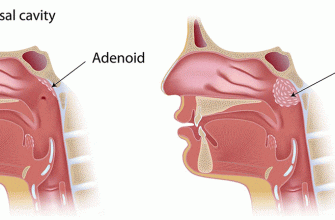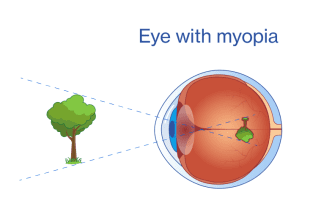Bipolar Disorder is a chronic mental health condition characterized by extreme mood swings that include emotional highs (mania or hypomania) and lows (depression). These mood episodes can affect a person’s energy levels, behavior, judgment, and ability to function in daily life. Bipolar disorder is a lifelong condition, but with proper treatment and support, individuals can manage their symptoms and lead fulfilling lives.
What is Bipolar Disorder?
Bipolar disorder, formerly known as manic-depressive illness, involves alternating episodes of mania (or hypomania) and depression. These episodes can vary in intensity, duration, and frequency, and they significantly impact a person’s emotional state, behavior, and cognitive functioning.
Etiology (Causes)
- Biological Factors:
- Neurochemical imbalances: Dysregulation of neurotransmitters such as serotonin, dopamine, and norepinephrine.
- Brain structure and function: Abnormalities in the prefrontal cortex, amygdala, and hippocampus.
- Genetic predisposition: Family history of bipolar disorder or other mood disorders increases risk.
- Environmental Factors:
- Stressful life events (e.g., trauma, loss, or major life changes).
- Substance abuse or chronic sleep disturbances.
- High levels of stress or exposure to unstable environments.
- Other Risk Factors:
- Co-occurring mental health conditions, such as anxiety or ADHD.
- Hormonal imbalances or medical conditions affecting the brain.
Types of Bipolar Disorder
- Bipolar I Disorder:
- Characterized by at least one manic episode, which may be preceded or followed by hypomanic or depressive episodes.
- Manic episodes are severe and may require hospitalization.
- Bipolar II Disorder:
- Characterized by at least one hypomanic episode and one major depressive episode.
- Hypomanic episodes are less severe than manic episodes and do not typically require hospitalization.
- Cyclothymic Disorder:
- Characterized by chronic mood instability with numerous periods of hypomanic and depressive symptoms that do not meet the full criteria for hypomanic or depressive episodes.
- Symptoms persist for at least two years (one year in children and adolescents).
- Other Specified and Unspecified Bipolar Disorders:
- Symptoms of bipolar disorder that do not fit the criteria for the above types.
Symptoms
- Manic Episode:
- Elevated or irritable mood.
- Increased energy or activity levels.
- Decreased need for sleep.
- Racing thoughts or rapid speech.
- Impulsive or risky behavior (e.g., excessive spending, substance abuse, reckless driving).
- Grandiosity or inflated self-esteem.
- Difficulty concentrating or distractibility.
- Hypomanic Episode:
- Similar symptoms to a manic episode but less severe and not causing significant impairment in daily functioning.
- Depressive Episode:
- Persistent sadness or hopelessness.
- Loss of interest in activities once enjoyed.
- Fatigue or low energy.
- Changes in appetite or weight.
- Sleep disturbances (insomnia or oversleeping).
- Feelings of worthlessness or excessive guilt.
- Difficulty concentrating or making decisions.
- Recurrent thoughts of death or suicide.
- Mixed Episodes:
- Symptoms of mania and depression occur simultaneously (e.g., high energy with a depressed mood).
Diagnosis
Diagnosis is based on clinical evaluation and specific criteria outlined in the Diagnostic and Statistical Manual of Mental Disorders (DSM-5):
- A thorough psychiatric assessment to identify mood episodes and their impact on functioning.
- Medical history and physical exams to rule out other causes (e.g., thyroid disorders, substance abuse).
- Mood tracking or diaries to identify patterns of mood swings.
Treatment
- Medication:
- Mood stabilizers: Lithium, valproate, or lamotrigine to prevent manic and depressive episodes.
- Antipsychotics: Aripiprazole, olanzapine, or quetiapine to manage severe manic or mixed episodes.
- Antidepressants: Used cautiously, often in combination with mood stabilizers, to treat depressive episodes.
- Anti-anxiety medications: For short-term relief of anxiety or sleep disturbances.
- Psychotherapy:
- Cognitive Behavioral Therapy (CBT): Helps identify and change negative thought patterns and behaviors.
- Interpersonal and Social Rhythm Therapy (IPSRT): Focuses on stabilizing daily routines and improving relationships.
- Family-Focused Therapy (FFT): Involves family members in treatment to improve communication and support.
- Lifestyle Changes:
- Maintaining a regular sleep schedule.
- Avoiding alcohol and recreational drugs.
- Engaging in regular physical activity and stress management techniques (e.g., mindfulness, yoga).
- Electroconvulsive Therapy (ECT):
- Used in severe cases or when other treatments are ineffective.
Social Assistance
- Family and Friends:
- Educate themselves about bipolar disorder to provide understanding and nonjudgmental support.
- Encourage treatment adherence and help monitor mood changes.
- Support Groups:
- Organizations like the National Alliance on Mental Illness (NAMI) or Depression and Bipolar Support Alliance (DBSA) offer resources and peer support groups.
- Workplace Accommodations:
- Flexible schedules or time off during mood episodes.
- Open communication with employers about the condition.
- Online Resources:
- Websites, forums, and helplines provide information and support for individuals and families.
- Crisis Support:
- Access to crisis hotlines (e.g., 988 Suicide & Crisis Lifeline in the U.S.) for immediate help during severe episodes.


